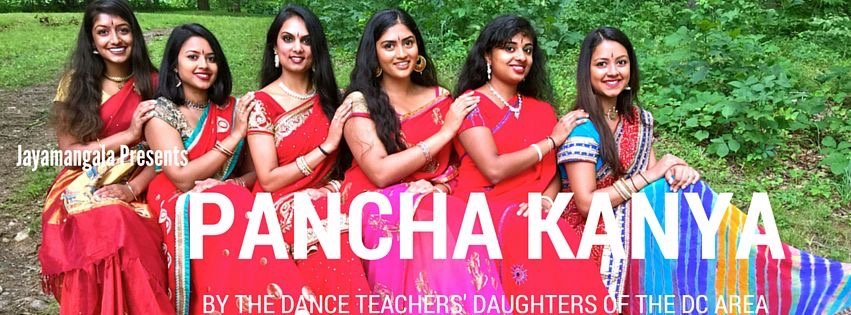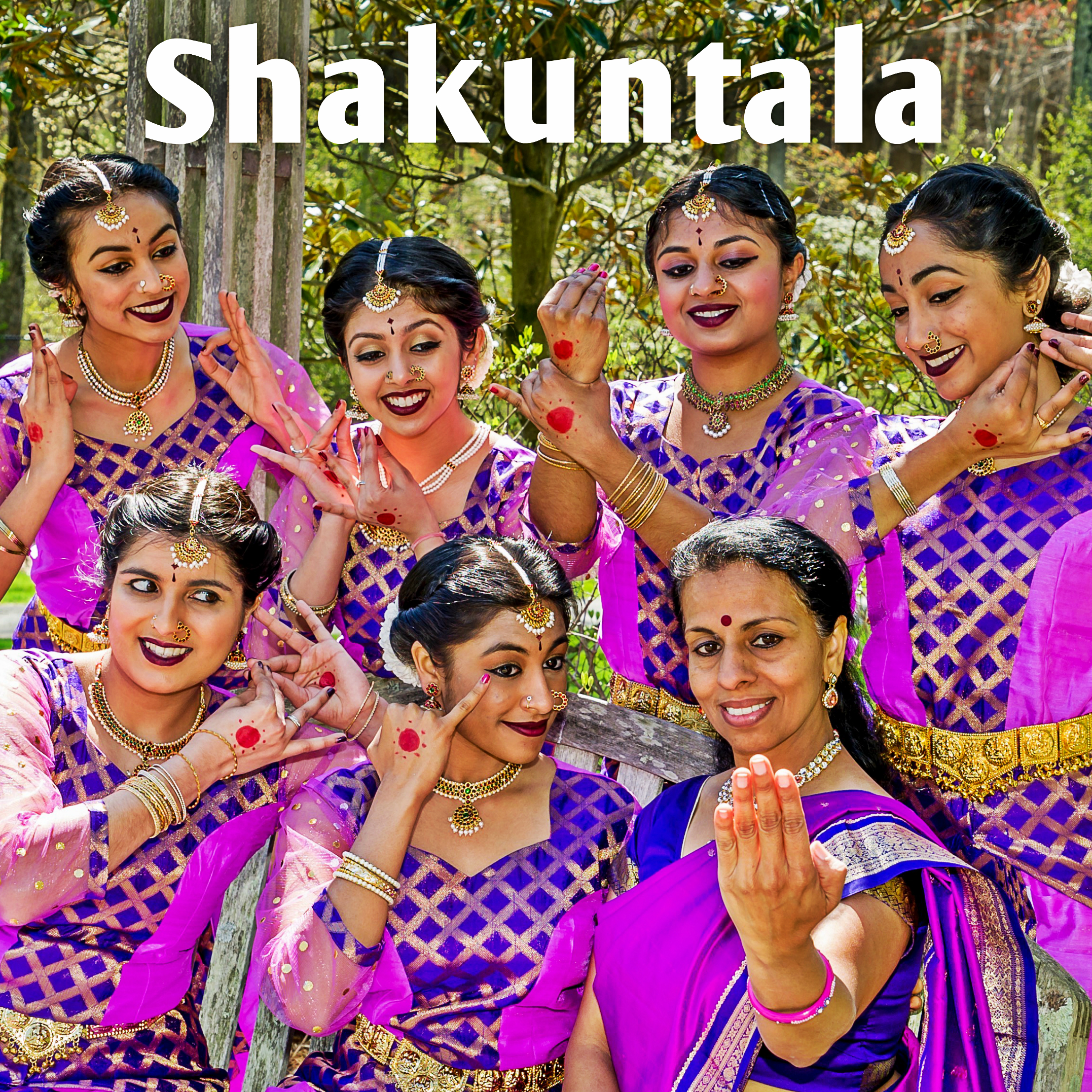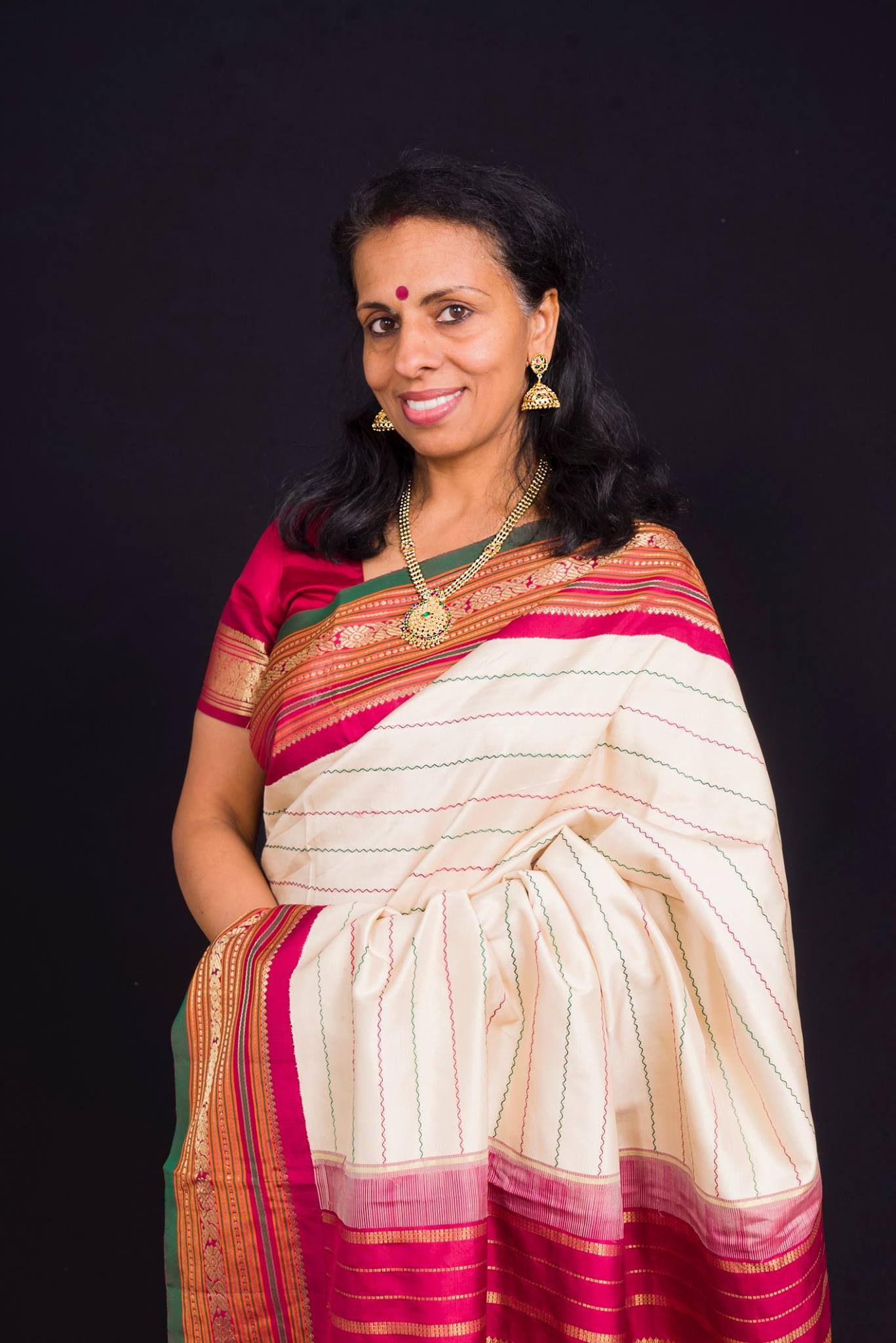If you love kathak, classical dance and the art of Indian Dancing then you will love what this amazing lady has done to spread the culture of classical dancing. We spoke with dance teacher and owner of a classical dance school Shobha Subramanian as she celebrates 25 years today of her dance school! She has an extensive background in music, art, dance, and so much more! Having toured across the globe teaching dance and performing on stages today she will be celebrating her 25th year at her dance school.
Here is what she had to say at Urban Asian!
Check out her interview!
You have an extensive list of achievements and have performed and put on events across the globe. How does it feel to accomplish so much and now after 25 years have a school where you are able to teach the next generation?
Accomplishment is a subjective word and means different things for different artists. And that is what makes each performer unique. Personally, the last 25 years of dancing, singing, teaching and choreographing has been very fulfilling and looking back at the multitude of programs, shows and tours we have done is a humbling feeling.

The best part of being an artist in the diaspora is being able to see the expansion, growth and reach of classical dance across North America, Africa, and Asia. Not just amongst the non-Indians but also realizing the potential of the second and third generations of Indians settled abroad. From the time I moved to the states in 1991 to 2016, there has been an enormous growth of dance schools, and it’s gratifying to see the quality getting better and better every year !
You also travel to Zambia to spread the Classical Culture of dance – how was the experience as you been spreading the culture globally?
When my husband was posted (by his employer The World Bank) to Zambia in southern Africa, I did not know what to expect culturally. But when we moved there in 2010, I was amazed by the warmth and welcome offered by the local Zambians and Indians settled there. Going from busy DC to quiet and calm Lusaka gave me lot more alone time to be creative. That is the time I completed my Masters in Fine Arts thesis project and discovered new ways to express myself as an artist. In addition I taught Bharatanatyam to a group of enthusiastic African & Indian students while I was there. I also organized many collaborative performances involving Zambian dancers during 2011 -2014.

Tell us a bit more about the school which you are running – what courses does it offer and what techniques of dancing do you teach? You are celebrating its 25th year! Congrats, anything special coming up for the big 25 years?
At Jayamangala school of music and dance in Maryland, we teach Bharatanatyam, Mohiniattam, Carnatic vocal music, violin, mridangam and veena. The school was founded by my grandmother Rajalakshmi Krishnan who is a great musician. Our family has 4 generations of musicians and dancers in India and the US. My father Dr. Bala Nathan used to be the main administrator and registered Jayamangala as a 501 c3 non-profit in 1991. Since then, our teachers have been tirelessly involved in passing the craft on to young talents.
This year is a huge milestone and several events are happening to celebrate Jayamangala 25 !
- – In March I visited my alma mater Towson University to perform with 9 dancers and 4 musicians. This was special since it brought back memories of my grad school experience.
- In April, Jayamangala organized a weekend residential cultural retreat filled with Yoga, dance/music workshops at Vraj temple in Pennsylvania where many past/current teachers and students gathered for a spiritually rejuvenating reunion.
- In June we had our annual recital and a dance drama Shakuntala with 25 actors/dancers, and it was a great success.
- On July 10th we are repeating Music Transcends – a symphony with 20 musicians originally performed from 12 years ago. Following that is the World Premiere of Pancha Kanya – Five Resilient Women. The dance is a brand new creation and will be performed by 6 young talented daughters of dance teachers in DC.
- In July & August I will be conducting Jayamangala’s regular summer Arangetrams in India and USA.
How does tradition empower the tradition-barriers and ensure continuity of culture among the youth?
Tradition especially through Classical Music and Dance is a great way for youth to get a strong foothold on their heritage and culture. Regardless of the country or background we come from, ultimately tradition is what keeps us grounded in this modern-day and age. Morals that are taught through our ancient stories helps one find and maintain balance in life.

Tell us the difference between Bharatnatyam and Mohiniattam – what differentials do they have in terms of style and performance?
These are two different classical dance styles from south India. While the content of stories are similar, Bharatanatyam (which is also known as temple dance) has fast and crisp movements done by men and women. On the other hand, Mohiniattam is soft and graceful with swaying movements mostly danced by women. I have been trained in both but primarily teach Bharatnatyam because that is a more popular and easy dance form to learn.
You have been trained by some senior gurus such as Sundari Seshadri, Padamabhushan Dhananjayan and Shantha Dhanaanjayan and many more. What was one thing you learned from all of them when you were being trained in these forms of dance styles?
I have been fortunate in having great gurus who guided me during the early learning stages in India. My first teacher in Delhi, Mrs. Sundari Seshadrii encouraged me to improvise, innovate and be bold. Dhananjayan sir and Shantha akka reinforced the importance of sampradaya and disciplined practice. Later in the US, my workshop interactions with gurus like Prof. CV Chandrashekar made me realize the strength of being a singer while choreographing and teaching.
I am also truly indebted to my peer and fellow dancers with whom I have worked. Each one of them displayed qualities that I could imbibe.
Both forms of dance are intricate in every single step when it’s performed — will the school be teaching what each hand movement means as these two forms of dance have such meaning in it?
Teaching mudras or hasthas is something we start at a very young age. These hand gestures are almost like sign language and have multiple meanings and usages in storytelling. My beginner students who are 5 or 6 years old have to learn them simultaneously as they pickup the fundamental footwork steps (known as adavus)

Your philosophy is performing art as an amalgam of music, mime and movement with rhythm, spoken word and acting elements to extra dimensions. Can you enlighten us on what you mean by that?
Indian Dance is a holistic form of art that uses and triggers all the faculties of human body and mind. My guru Dhanananjayan sir used to say Natyam is Purna Yoga – a complete form of yoga where the dancer makes full use of the body, mind and intellect. Hence I like to integrate all disciplines of performing arts to bring them on stage in an experience that is enjoyable, educating and enlightening. In Bharatanatyam, dancers layer religion, mathematics, philosophy, science, drama, mythology over music and lyrics.
When we cross the physical borders of our lands and move to the west, are we entitled to cross cultural borders as well? Trans-nationalism.
When human beings migrate from one land to another land, there is definitely a need to adapt to local environment. This holds true from ancient to modern periods. Artists are no different and we go through the same dilemma but each one deals with it differently. How much of border-crossing happens, depends on the individual and his/her circumstances. After a while, borders become blurred anyway.
How we do see artistic evolution in a global context? Oriental vs. Occidental.
The world is becoming more global and differences between Oriental and Occidental are blurring. Again an artist evolves according to his or her sensibilities and cultural influences. For example, I am a traditional Bharatanatyam dancer but my group choreography is influenced by Bollywood, Riverdance, African dance and more recently Indonesian dance since I have stated traveling frequently to East Asia where my husband is currently posted. So we evolve according to what we expose ourselves to.
Where can students sign up for your classes?
Currently I am not taking new beginner level students as we are filled to capacity. Intermediate and Advanced level students can get information from our website www.jayamangaladance.org.
Any future projects on a global level for your school?
Jayamangala dancers might be on a dance tour to India in Dec 2016/Jan 2017. Still not sure, but in the planning stage.
